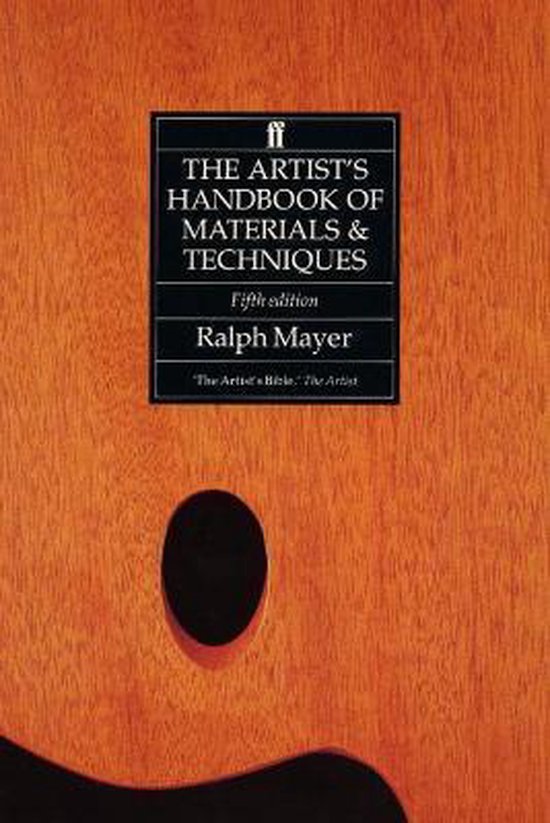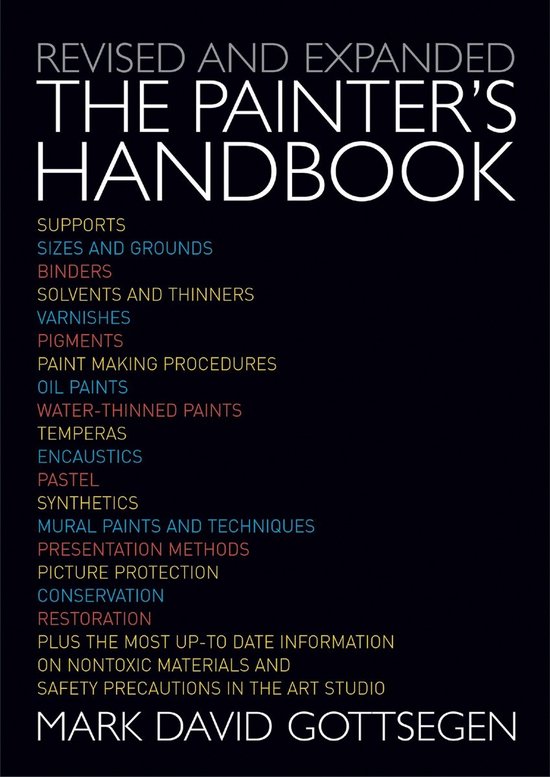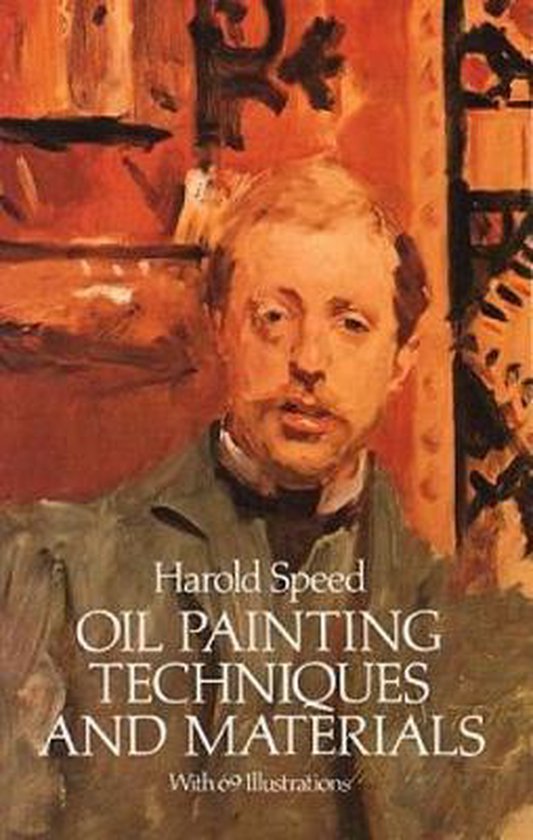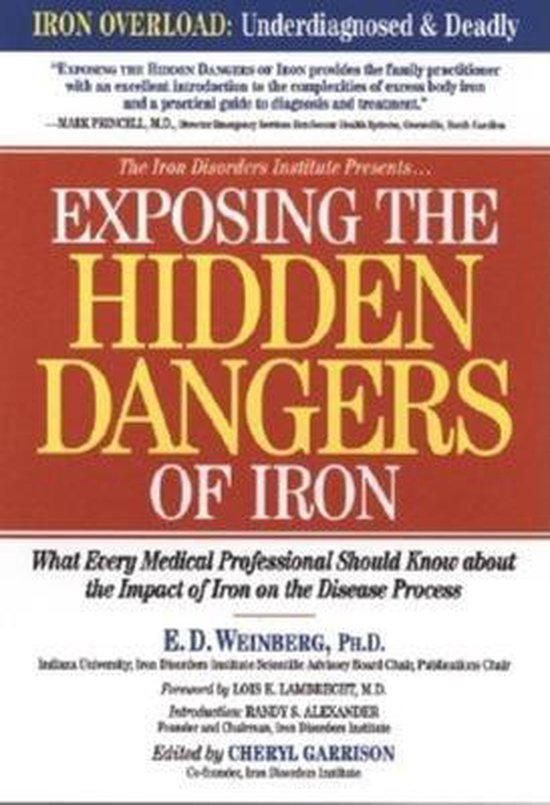This book has been prepared for the purpose of giving the artist a complete and up-to-date account of the materials and methods of his craft. It is based on my experience in the paint, varnish, and pigment industries, where 1 was engaged for a number of years in chemical research and in the manufacture of most of the basic materials used by painters; and on my experience as a lecturer and consultant to artists and as a painter. It is because the last is my chief interest that I have endeavored to present the subjects from the viewpoint of the artist and arrange the material in a manner most useful to him.
The artist studies his materials and methods in order to gain the greatest possible control over his manipulations, so that he may bring out the best characteristics of his chosen technique and express or convey his intentions properly, and in order to insure the permanence of his results. Haphazard departure from approved methods will often involve a sacrifice in one of these directions, but those who have acquired a complete and intelligent grasp of underlying principles are usually able to vary the established procedures successfully, to suit their individual requirements.
At present there are numerous materials and methods the use of which is well established by painters, but which are in an unstandardized state as regards scientifically correct knowledge or procedure. For instance, few modern investigators are in a position to pass judgment on the durability of traditional mural-painting methods under present-day conditions or to evaluate the merits of newly developed materials as definitely as such decisions may be made in other technicat fields, where materials and methots have been more completely studied for their applications to Werder requirements, 'Fhere are still many gaps in our knowledge which well direeted investigation could fill in,
1 have included a few notes on nwuttors that are not ordinarily classified with muaterdals and methods but that bear a similar practical relation to tre artist's teehnigue. 1 have also departed from conventional procedure im the urther frequent mention of trademarked names, commercial produets, and names of their sellers. These widely available standardized produets have in many instances taken the place of the ungraded materials of former tinies, and they have been referred to here solely from the view. point of the retail purchaser, as they are discussed among artists. It seems to me to be just as important to know where one may obtain a raw material and what to ask for as to know the Latin name of the tree from : which it comes or how it is dug out of the ground. Because I have found from experience that a fairly large proportion of inquiries deals with obsotete or discredited materials and methods, I have mentioned some subjects which might ordinarily be omitted from a work of this nature. On the other hand, certain subjects which are of greater concern to the theorist than to the active practitioner have been given less attention than they customarily receive. In reviewing the techniques of the past, I have confined my remarks to periods or schools rather than considered the specific methods and materials of individual masters. The reader will find fewer instructions on the specific application of materials and methods to plastic and graphic arts than are customary in books on these subjects, because I believe that many such instructions are beyond the scope of a technical work, particularly since they are often open to divergent opinions or criticisms from a purely artistic viewpoint. In each case one must determine just where the discussion leaves the field of technology and enters the field of aesthetics, and I have attempted to confine technical data to their general application to artists’ techniques and to avoid either criticism or approval except on technologN ical grounds. In general, each of the various processes has been presented first in outline form, and then given step-by-step detailed treatment, the degree of . completeness varying with the nature and importance of the process. Allusions to chemical and other scientific principles have been subordinated to a clear understanding of the subjects, and the reader has been referred to a separate chapter for the chemical aspects of the various topics. By dividing the material into separate chapters and by using crossreferences and a complete index, repetition has been avoided as far as possible. Published accounts have been frecly used, the source being mentioned in each instance; those who arc interested in following up specialized subjects in greater detail will find selected lists of books on each topic in the bibliography. Many books have been published on certain of the individual subjects covered in this volume, and the titles I have selected should give a good basis for further study in these directions. The book lists were planned and arranged so that they might function as a guide to and a review of the field as well as a reference bibliography. I owe my introduction to the study of painting materials to Dr. Maximilian Toch, under whose supervision much of my early training and disciplined experience was received. I am especially indebted to Mr. David Smith and to Mr. 1. N. Steinberg for suggestions and assistance in the final preparation of my manuscript, and to Mr. Charles Locke and Mr. S. Levinson for similar services. The drawings are by Mr. Steinberg. During the fifteen years since the first appearance of this book new developments in creative painting have come into wide acceptance, and some new painting materials have been put into circulation. Various older techniques and procedures have also become more popular, thus calling for more detailed treatment. Several topics have been expanded to compiete sections or full chapters. In addition to the inclusion of new material and the revision of some of the original text, there have also been alterations in the arrangement and organization of the book, with the aim of presenting the various topics in a manner more convenient to the reader. Supplementary material has been grouped together in an appendix. The author has continued to observe the needs of painters, and, as a result of extensive correspondence and personal conversations during this period, has learned much about what points of information are most in demand, and so has been able to make additions to the text which should enhance the usefulness of this volume. Bibliographies have been brought up to date and some further annotations made, especially to the older literature—a topic which the author recommends as an interesting and rewarding branch of the subject and as one which has been neglected by too many students. Since the last revision of this book, there have been unprecedented changes in the technology of artists’ materials. The development of new materials, especially in the areas of resins and pigments, in the 1940s and 195os and their subsequent application to artists’ purposes in the 1960s have necessitated the present rather extensive revision of the Handbook. At the same time, the emergence of new art movements and new aesthetic directions has led to demands for materials and techniques whose requirements are not met by traditional materials. However, this point is by no means without precedent, for the history of art and artists’ materials is a long record of searches for and adoptions of new means of meeting the changing requirements of art. In supplying new information and revising obsolete and obsolescent material, it was necessary to make changes in nearly every section of the book, since a number of practices of painters, sculptors, and printmakers have been affected by these developments to some degree. I am glad to report that some progress has been made toward the organized program of research mentioned in my 1957 preface—the establishment of the Artists Technical Research Institute under my direction. Laboratory investigations are under way in several areas of painting materials. The technical questions asked by artists and the ever-changing sources of supplies continue to guide the author in the selection of new items of information. In editing this Handbook I have tried to extend its usefulness to English readers by replacing the author's helpful notes on American sources of unusual materials with the equivalent trade suppliers in this country. The text has been amended only where references to practice and manufacture which are common to both countries have been, quite naturally, identified with America, but which might lead to confusion if left in their original form. Materials, such as American woods and stones for carving, which are rarely likely to be imported have been deleted as unnecessarily tanta





